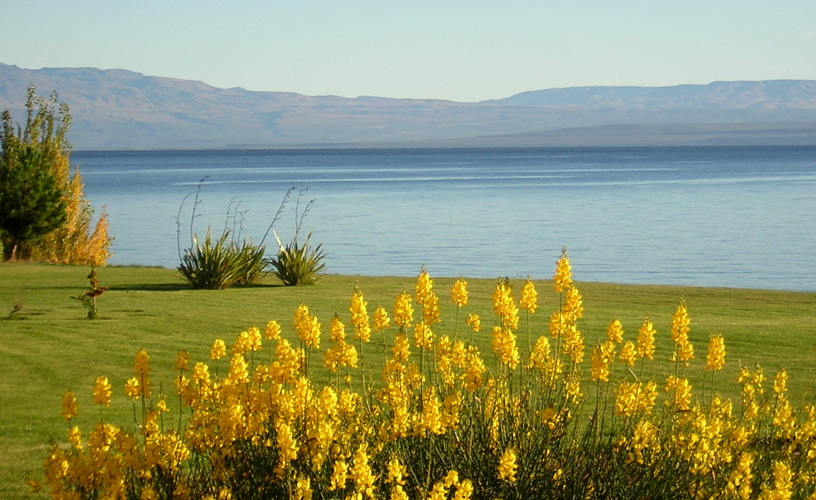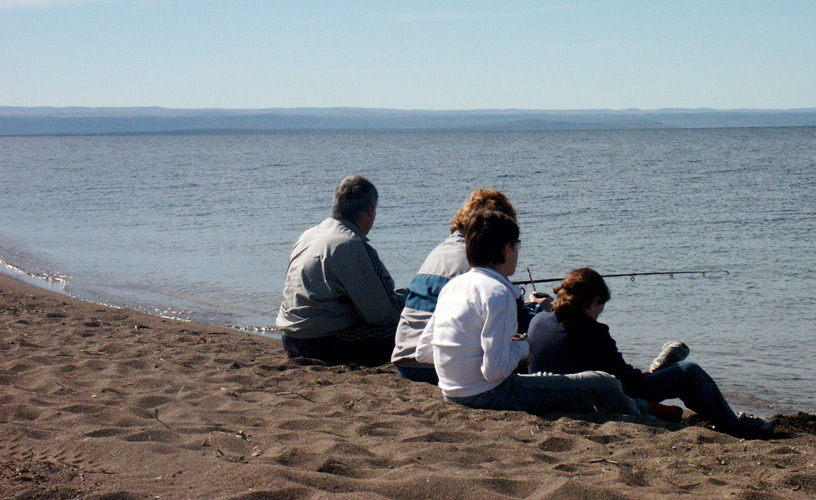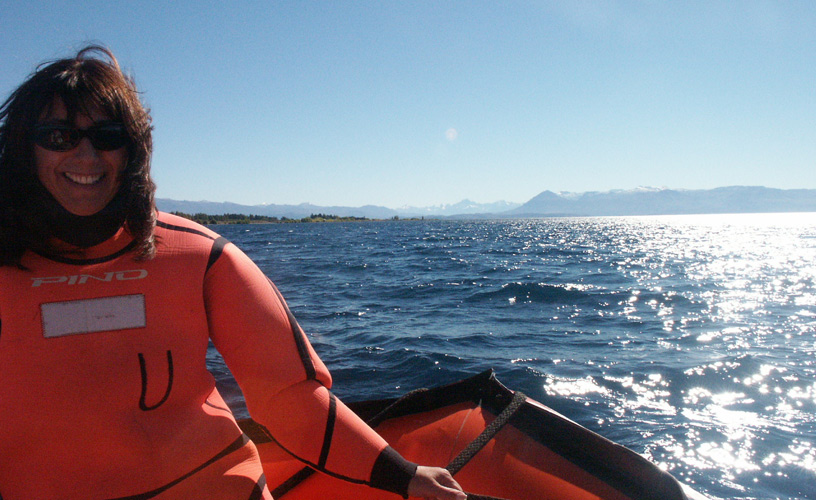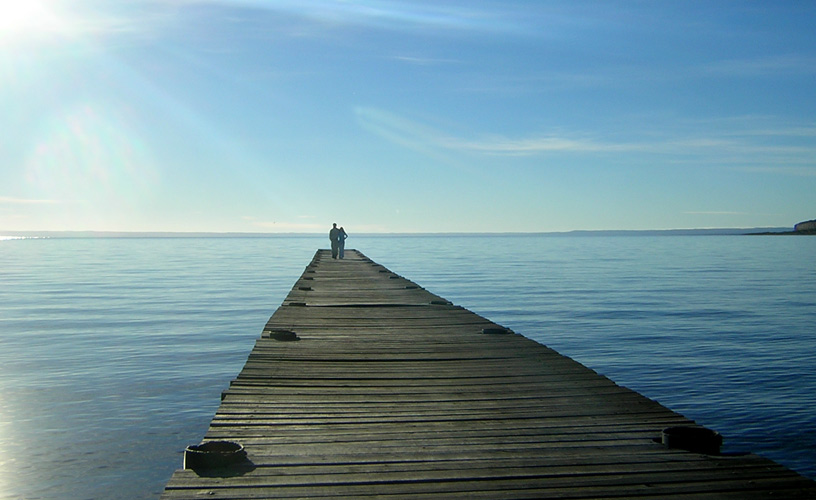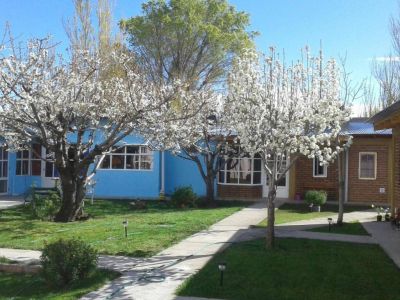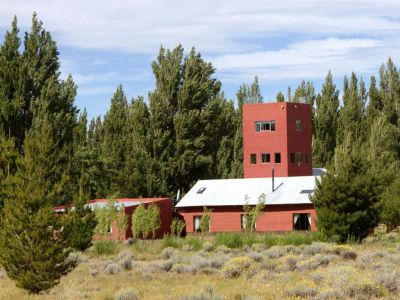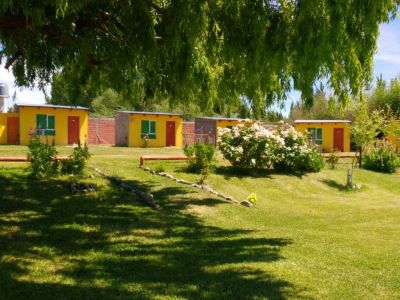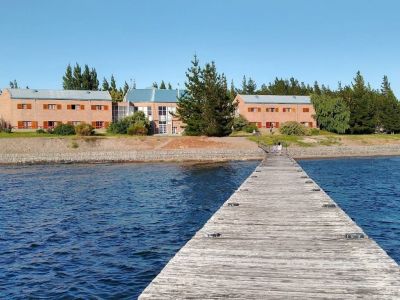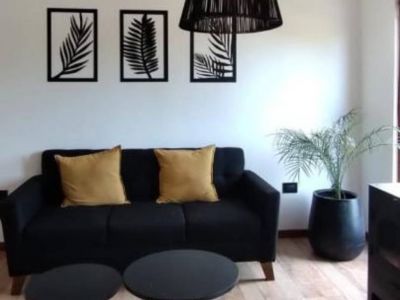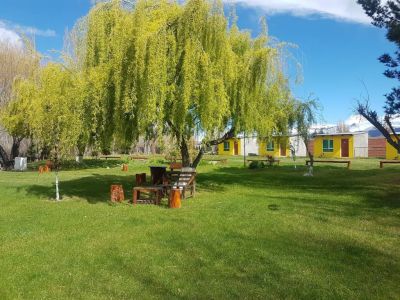Buenos Aires Southern Waters
The border imaginary cuts this fantastic water body in two parts. On the Chilean side, it is known as Lake General Carreras. Its identity and beauty go beyond all nationalities.
It is called Buenos Aires but it could not be more different from the capital of the country. It is a classic Patagonian lake, with the charm of its generous waters when it comes to fishing and winds, which make it rough or calm, depending on the day. From our cabin, we could enjoy a wonderful view of the contour of Lake Buenos Aires on a splendid windless sunny morning. After a short visit to the town, we headed for the lake shore and saw that the anglers started to arrive in the company of their families. On the coast, we could observe several watercrafts which we approached to ask the people around about some of the features of the lake. We learned that it has an area of 2,240 square kilometers distributed into Argentinian and Chilean territory and that its waters usually feature a turquoise hue.
Mónica Pons
Karina Jozami
